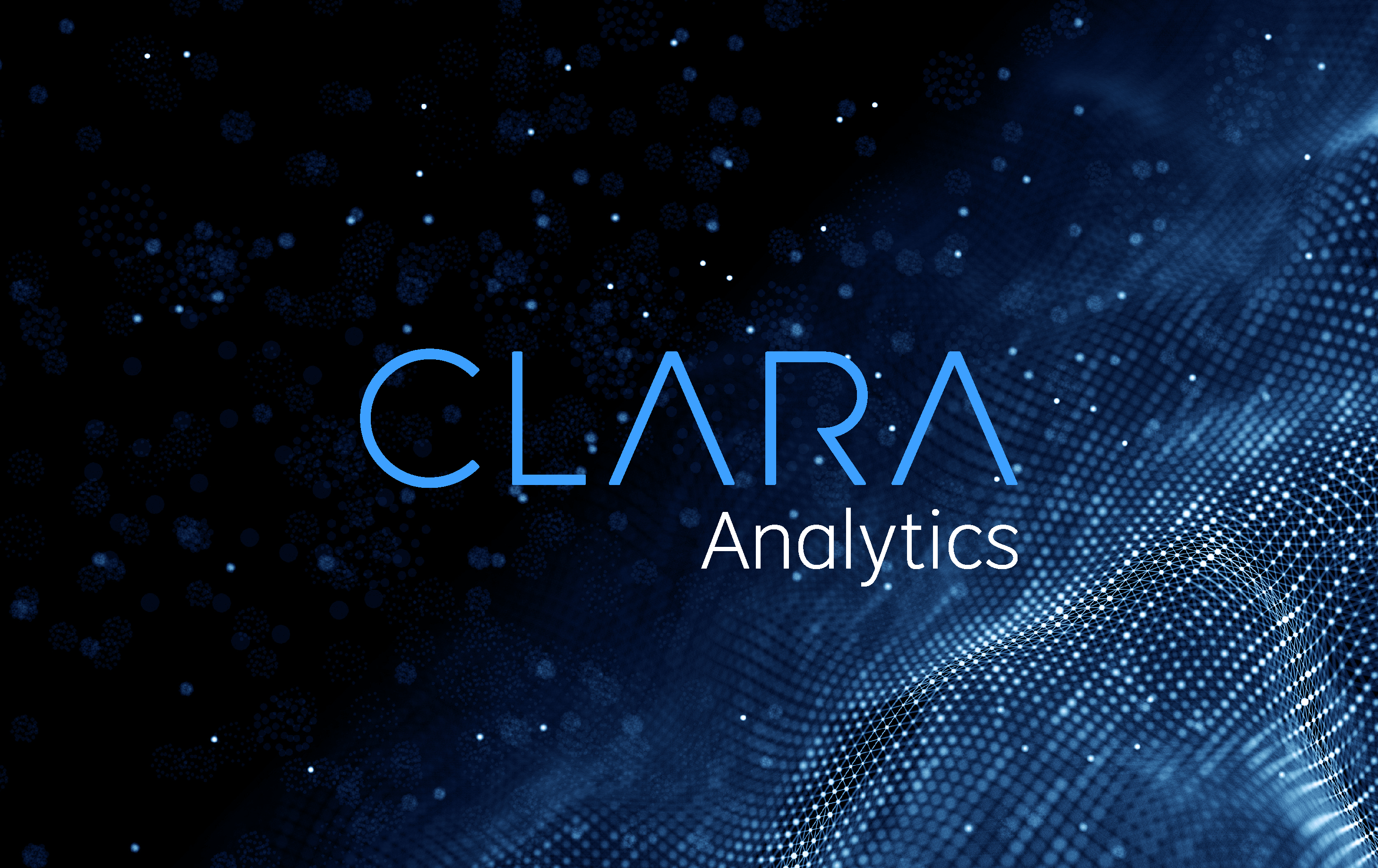AI Technology: The Key to Innovative Collaboration With TPAs
When it comes to managing TPA relationships in particular, AI provides some powerful advantages
Third-party administrators (TPAs) can offer a cost-effective means to assist in claims management, particularly for those types of claims that fall outside of an insurer’s standard capabilities. That said, the relationship between an insurance carrier and a TPA can be complex and multifaceted, as both companies may have varying incentives and success measures. As such, a foundation of trust is integral to a successful partnership. Open communication, transparency, and regular reviews for validation are a must for effective collaboration.
At QBE, we are fortunate to work with some of the best TPAs in the business. Those relationships work well largely because we are consistently mindful of what’s working and what’s not, and we’re always looking for ways to collaborate more effectively in a spirit of continuous improvement.
Carriers and TPAs alike can benefit from increased visibility of the metrics that shed light on claims management performance. It’s never a hands-off relationship, of course, nor should it be. Effective oversight is essential, but accomplishing that efficiently and at scale can be a challenge. For both carriers and TPAs, this calls for new ways of systematically monitoring, evaluating and improving collaboration.
Technology offers a path toward achieving those ends, and there are now means to manage information and automate workflows at scale, but until recently, those capabilities could only be applied to highly structured information such as customer records, invoices, and ledger entries.
Today, artificial intelligence (AI) and advanced analytics are making it possible to dig deep into narrative content, parse natural language, interpret its meaning, and draw conclusions that can assist human actors in performing their jobs more effectively. AI is especially adept at discovering correlation and predicting outcomes based on multivariate data. This combination of natural language processing (NLP) and predictive analytics offers game-changing capabilities with respect to claims management.
When it comes to managing TPA relationships in particular, AI provides some powerful advantages:
- Increasing the timeliness and accuracy of reserves. Case reserving is both art and science, relying on available information and a requisite amount of experience and expertise to predict a future outcome. Historically, reserve accuracy has been a function of the individuals involved their ability to truly understand what was driving case exposures. Naturally, the more complex the case, the more time is spent on the analysis and the more volatility in reserve vs. actual case outcome. It’s also more work for everyone involved, so naturally, carriers and TPAs alike would prefer to improve both reserve timeliness and accuracy without adding extra effort to the process. Using predictive analytics that incorporate a range of input variables, AI helps to identify potential mismatches in claims reserves using automation. Carriers can use this information to supplement human judgment, validating their TPAs’ reserve calculations and identifying any anomalies that may require further investigation.
- Uncovering hidden risks. Given the increase in litigation and the growth of mega-claims in recent years, insurers have been looking to sharpen their analytical capabilities and improve their capacity to identify high-risk cases. AI can discover and quantify correlations that could suggest expensive litigation, lifelong care, or complications that may otherwise fly under the radar. For example, insurtech companies like CLARA Analytics are providing these kinds of insights for workers’ comp carriers, using very large data sets that span multiple geographies, providers, attorneys and categories of injury. Their AI algorithms can ingest an enormous array of information and zero in on the factors that indicate risk — even when those clues may not be apparent to the human eye. By calling attention to details that aren’t necessarily obvious, AI provides claims professionals with a powerful tool to identify hidden surprises and take action before they escalate. This informs the deployment of additional resources and aids in the ability to tailor case action plans to address the risks identified with AI assistance.
- Helping ensure optimal case assignment: “right claim, right adjuster.” Using a severity model approach, AI can assist with directing cases with higher potential exposures to where they need to go as early as possible, such as a senior level adjuster, and vice-versa. The ability to more accurately and consistently assign claims can have a significant impact on the cost of TPA services by ensuring a given program is staffed with the right mix of experience.
These are a few instances of how working with TPAs, particularly through the use of AI, can be valuable to carriers. That said, it can’t be overstated how essential a strong working relationship centered around effective collaboration is to a successful partnership. At QBE, we’ve seen the benefits resulting from strategic, thoughtfully managed TPA relationships. Even if you’re not routinely working with third-party administrators, though, today’s technology offers all sorts of distinct advantages for companies that are willing to invest in the opportunity. When done right, better results can be achieved, ultimately delivering improved services to customers when they need it most.
Article first published on PropertyCasualty360




